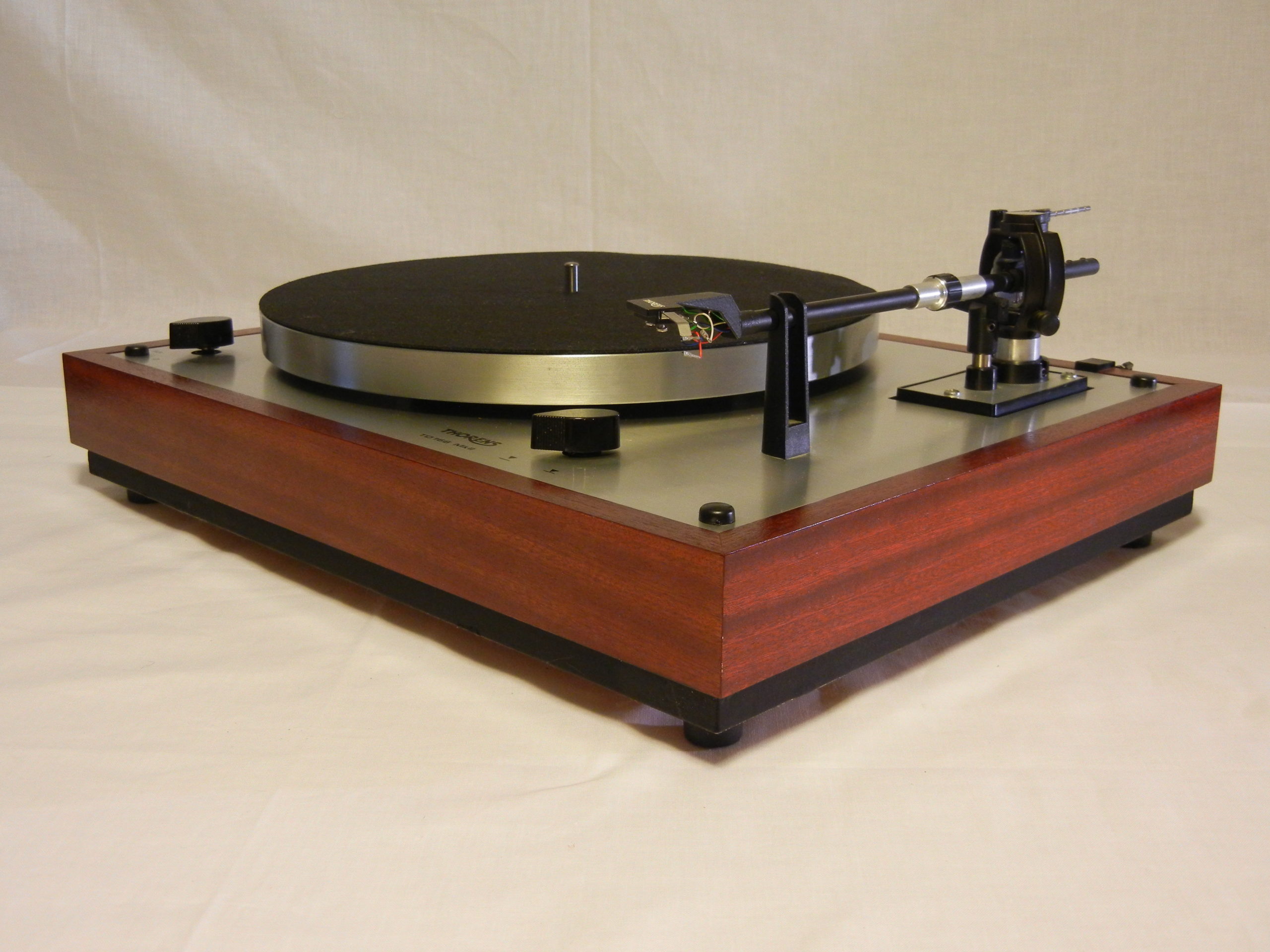It’s the time of year for saving money!
In Part 12 of this continuing series on how to get the most for your hi-fi dollar, I brought up the idea of buying your hi-fi equipment used and cited some possible sources to buy it from. Then, in Part 13, I looked at some of the different kinds of used hi-fi equipment you might want to buy and said a little about used gear and the perils and benefits of buying it. In the course of that I mentioned that, because tubes wear-out and transistors (mostly) don’t, and because replacing tubes can be costly and sometimes difficult, solid-state gear could be your safest choice in used gear. I also said that some categories of hi-fi gear were more likely to have problems than others and that the smart buyer would be well-advised to look out for potential problems and to avoid them wherever possible.
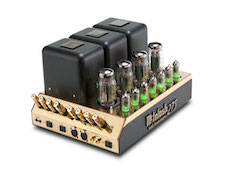 To illustrate that, I took a brief look at the various element of a hi-fi system, starting, as mentioned, with tube versus solid -state “pure” electronics (things like amplifiers , preamps, DACs and tuners, that have no moving parts except, possibly, their controls). Then I went on to the electro-mechanical parts of a system (CD and DVD players, tape recorders, record players, etc. – things that do have moving parts) and said that of all of the elements of a system, those were the most likely to have problems; that between their electrical and mechanical parts, it was the mechanical ones that were most likely to fail; and that they were the products that a used equipment buyer should be most wary of and take the greatest care (by inspection, warranty, etc.) to prevent.
To illustrate that, I took a brief look at the various element of a hi-fi system, starting, as mentioned, with tube versus solid -state “pure” electronics (things like amplifiers , preamps, DACs and tuners, that have no moving parts except, possibly, their controls). Then I went on to the electro-mechanical parts of a system (CD and DVD players, tape recorders, record players, etc. – things that do have moving parts) and said that of all of the elements of a system, those were the most likely to have problems; that between their electrical and mechanical parts, it was the mechanical ones that were most likely to fail; and that they were the products that a used equipment buyer should be most wary of and take the greatest care (by inspection, warranty, etc.) to prevent.
I ended Part 13 by saying that there were three more sources of mechanical problems that you should look out for when considering the purchase of used equipment — 1) the phono cartridge, 2) the turntable set-up and 3) the speakers, which, depending on what kind they are, and how old, can offer all kinds of difficulties to the second-hand buyer – and I promised that I would write about those this time.
Let’s look at turntable setup first:
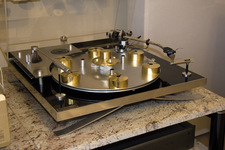 How well a record player is set up can be fully as important as the quality and condition of the individual parts (turntable + tonearm + cartridge) that it’s made of. Bad set-up can make for bad sound and can even be a source of excess record wear if the right things are wrong to a sufficient degree. Fortunately, setup problems can usually be fixed with just a little time, some simple tools, and a little information.
How well a record player is set up can be fully as important as the quality and condition of the individual parts (turntable + tonearm + cartridge) that it’s made of. Bad set-up can make for bad sound and can even be a source of excess record wear if the right things are wrong to a sufficient degree. Fortunately, setup problems can usually be fixed with just a little time, some simple tools, and a little information.
While I’m not now going to tell you how to properly set up a record player (although I might do that at some future time), I will tell you some of the things to look out for. The first of these (and the most likely to be wrong) is the tracking force of the cartridge’s stylus in the groove. The most common mistake in setting this is to make it too light. Doing that is perfectly reasonable from the standpoint of logic: After all, if the recommended tracking force is two grams and the stylus tip diameter is (instead of the likely actual of 0.7 mil, let’s, just for convenience, say) 1 mil (equals 0.001 inch) and we say that 100% of the area of the tip will make contact with the record (Not true – actually less than that — because only the sides of the tip actually touch the sides of the groove), then the total contact area of the tip can be calculated as 0.000001square inch (.001″ x .001″ = .000001sq. in.) or one millionth of a square inch. If that’s the case, then if the contact pressure applied to 1 millionth of 1 square inch is 2 grams, then the total contact pressure (“tracking force”) must be 2 million grams per square inch! (1,000,000 x 2 grams = 2,000,000 grams) At 454 grams per pound, if we divide that 2,000,000 grams by 454, we get a tracking force of 4,405 pounds (2.2 tons) per square inch – certainly, one might think, sufficient to do serious damage to the groove and maybe even the stylus.
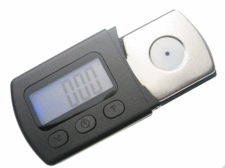 With better than two tons per square inch pressing down on the record, it’s easy to imagine that lightening the tracking force would be a benefit; but would it really? Reducing the tracking force by half, to just one gram, would seem to be better for the stylus, the cartridge it’s mounted in, and for the record, itself. The fact, though, is that doing that would still leave a tracking force of more than a ton per square inch and would do two other things to make record playing far worse: For one thing, it might, depending on the compliance of the cartridge and the frequencies and recording levels to be played, cause the stylus to “skip” — actually pop out of the groove – or otherwise be unable to track particularly loud or particularly difficult passages. This, just in itself, could seriously damage the groove and eventually ruin your record. The other thing it could do would be to make your turntable setup more vulnerable to acoustic feedback, outside vibration (footsteps, etc.) and other physical problems that could affect either the sound quality you hear or your ability to play records at all.
With better than two tons per square inch pressing down on the record, it’s easy to imagine that lightening the tracking force would be a benefit; but would it really? Reducing the tracking force by half, to just one gram, would seem to be better for the stylus, the cartridge it’s mounted in, and for the record, itself. The fact, though, is that doing that would still leave a tracking force of more than a ton per square inch and would do two other things to make record playing far worse: For one thing, it might, depending on the compliance of the cartridge and the frequencies and recording levels to be played, cause the stylus to “skip” — actually pop out of the groove – or otherwise be unable to track particularly loud or particularly difficult passages. This, just in itself, could seriously damage the groove and eventually ruin your record. The other thing it could do would be to make your turntable setup more vulnerable to acoustic feedback, outside vibration (footsteps, etc.) and other physical problems that could affect either the sound quality you hear or your ability to play records at all.
Other things that can affect record-playing performance are stylus overhang (determined both by the positioning of the arm relative to the center of the turntable and by the positioning of the cartridge in the headshell) and, if it’s the cartridge position that’s wrong, easily fixable by the use of any of the stylus setup “protractors” on the market.) and “stylus rake angle” (“SRA”, also commonly called “VTA” – Vertical Tracking Angle). In reality, this one is “iffy”, at best, and there are a goodly number of vinyl fans who will mark the correct height setting for their tonearm for each individual record on its album cover and adjust the angle for every record they play. The problem here is not with the record-player but with the records, which can vary considerably in thickness and thus effect significant changes in effective SRA/VTA. According to Google “The average LP record weigh about 120-150 gram. Cheap and light records can weigh as little as 80-90 grams, but some of them are much heavier than average. The fatties can have even 200 grams!” Google says of heavier records that “It’s usually a sign of a better quality and durability.”, but the fact of it is that each different weight means a different thickness for the record and therefore a different effective tracking angle from any tonearm setting. What to do? Either change the tonearm setting for every record or just live with it. IMHO, just pick a good-sounding compromise position and live with it.
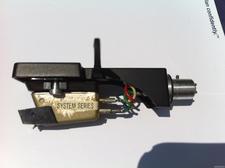 Phono cartridges can also pose a potential problem if bought used, but surprisingly, it’s usually not the problem that people expect: It used to be, in the days of steel or “lifetime osmium” record player “needles”, that the tip would actually wear out. This was not only because of the material, itself, but because early phono cartridges (typically crystal or ceramic) needed tracking forces very much higher than modern cartridges just to stay in the groove. Considerable progress was made, however, with “lifetime osmium” replaced by “lifetime sapphire”, which was considerably harder and would last much longer – particularly as cartridges got better and tracking forces lowered; and finally, with diamond replacing sapphire, to result in a stylus (the fancier final name for the earlier “needle”) that really was a “lifetime” fix.
Phono cartridges can also pose a potential problem if bought used, but surprisingly, it’s usually not the problem that people expect: It used to be, in the days of steel or “lifetime osmium” record player “needles”, that the tip would actually wear out. This was not only because of the material, itself, but because early phono cartridges (typically crystal or ceramic) needed tracking forces very much higher than modern cartridges just to stay in the groove. Considerable progress was made, however, with “lifetime osmium” replaced by “lifetime sapphire”, which was considerably harder and would last much longer – particularly as cartridges got better and tracking forces lowered; and finally, with diamond replacing sapphire, to result in a stylus (the fancier final name for the earlier “needle”) that really was a “lifetime” fix.
So if the stylus isn’t likely to wear out, what is? Other than actual breakage (How many of you have killed a cartridge by dropping it or in the process of trying to clean it? I have – more than once) which will make it obvious that a fix is necessary, the things most likely to go wrong with a used cartridge are (if it’s years old) the rubber suspension or damping materials can harden or actually crumble, making for progressively bad sound, and (I’ve actually had this happen twice) the glue that holds the diamond tip into its mounting position in the cantilever can fail and the diamond can push up into its hole until there’s not enough left sticking out to actually track the groove. Obviously neither of those is a good thing, but neither is as bad as it might be. Most cartridge manufacturers offer either a do-it-yourself replacement stylus assembly or a stylus replacement service that will cure both problems at the same time and only costs about half the price of a new cartridge.
As you can see, I’m already over my allotted space, so I’ll have to get to Speaker issues next time.
See you then!
